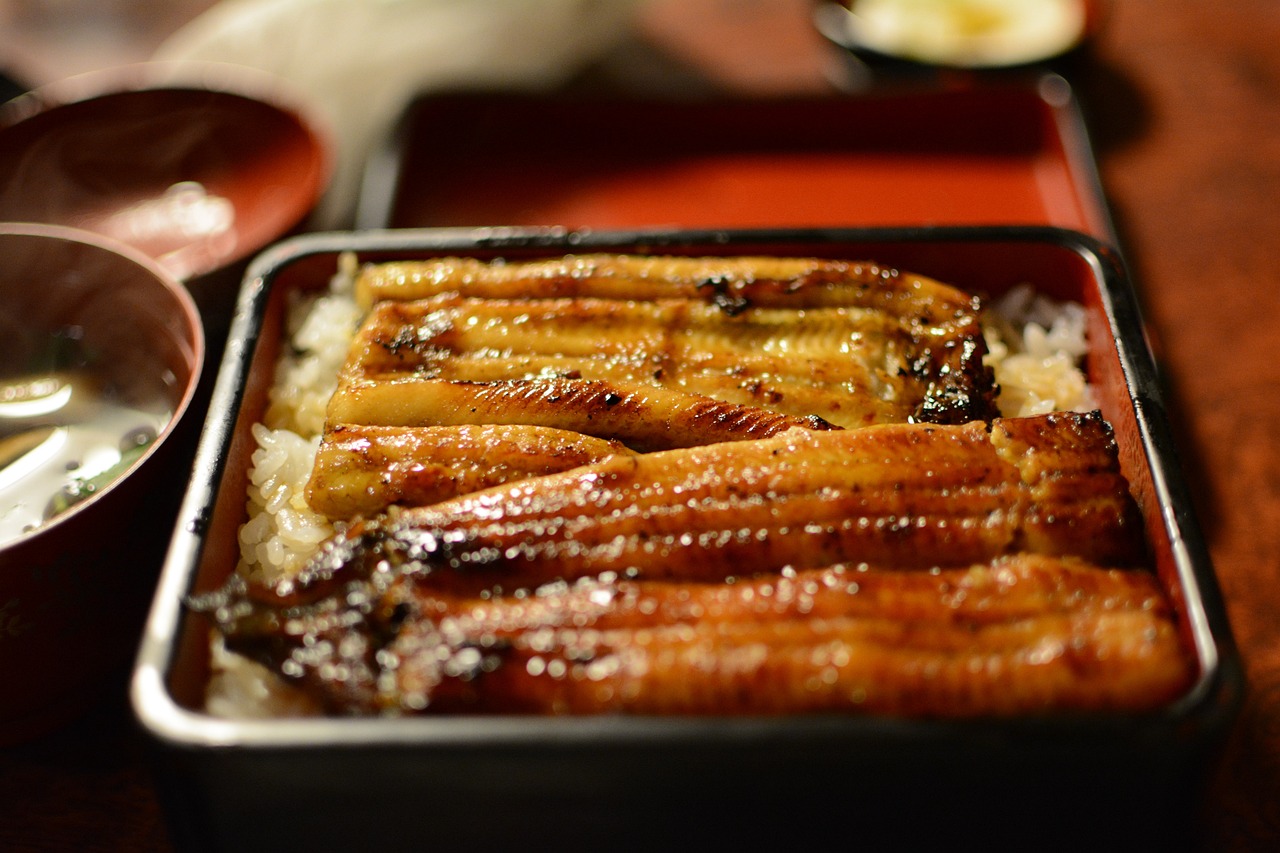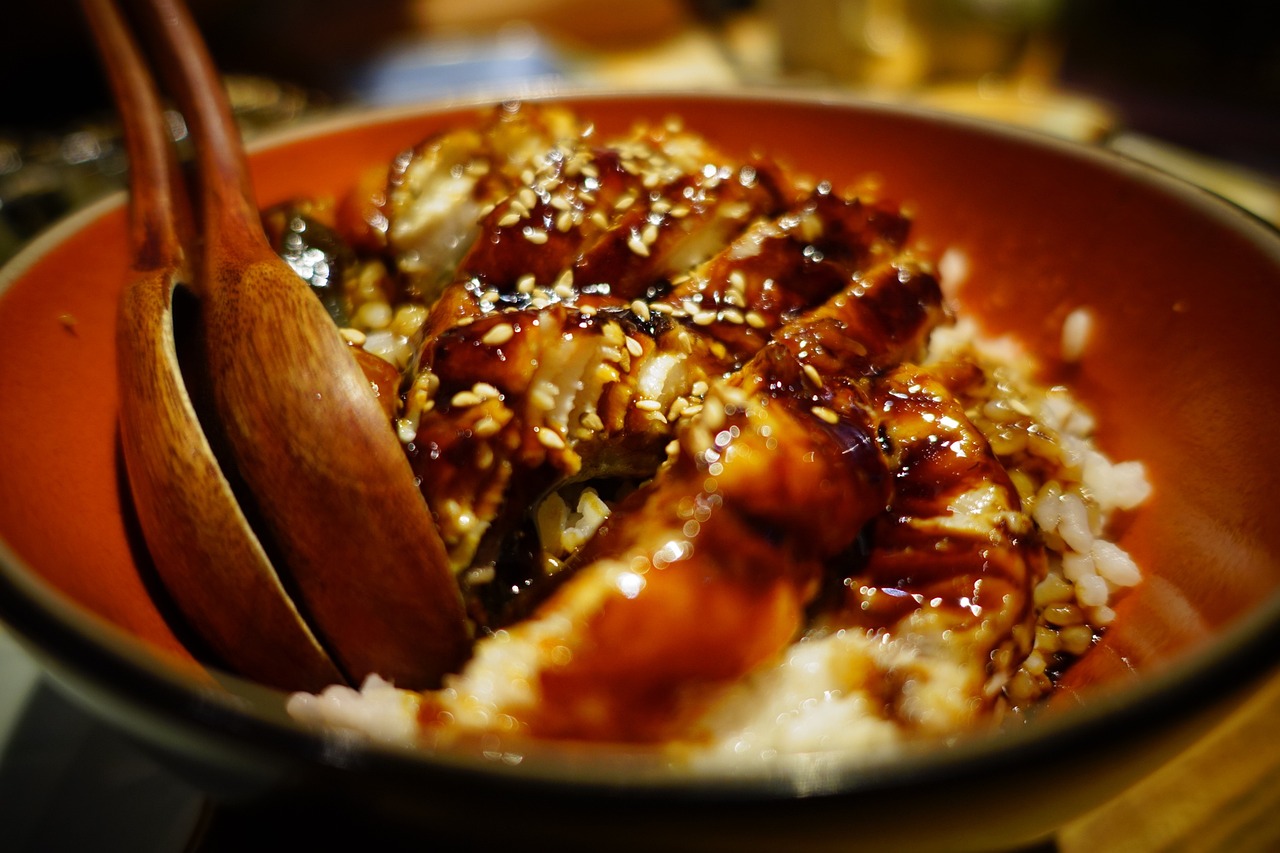Kapanlagi.com - In the culture of Japanese cuisine, eel holds a special place and is considered a luxurious dish. Those of you who enjoy Japanese eel preparations must know the expression for Japanese eel. Eel is often processed into various types of popular dishes.
Especially during the summer, because Japanese society believes it can boost energy. The most famous eel dish is unagi kabayaki, which is eel grilled with a special sweet sauce. In addition, there are also other variations such as hitsumabushi and unadon.
In this article, Kapanlagi will discuss the meaning of the Japanese eel expression as well as various types of eel preparations favored in Japanese society. KLovers who are learning Japanese or enjoy Japanese food can definitely read this article for new knowledge.
For those who want to know, here is the expression for Japanese eel along with the types of eel preparations in Japanese cuisine. Let's check it out, KLovers!
1. Japanese Eel Expressions

Illustration (credit: pixabay.com)
In Japanese, the word for eel is "unagi". The term unagi has deep roots in Japanese culture and cuisine. The word for Japanese eel is written in hiragana, indicating that it is an original Japanese word, not borrowed from another language.
Unagi specifically refers to freshwater eel, which has been an important part of Japanese cuisine for centuries. In Japanese culinary culture, unagi is considered a delicious and nutritious food, often associated with stamina and strength.
Especially during the hot and humid summer season. The most famous unagi dish is unagi no kabayaki, where the eel is grilled and drizzled with a distinctive sweet sauce. Unagi also holds a special place in Japanese tradition, you know KLovers!
For example, there is a special day called "Unagi Day" (Doyo no Ushi no Hi) that falls in the middle of summer, when Japanese people traditionally eat unagi to boost their energy. Besides its culinary value, unagi also appears in Japanese folklore and art.
Unagi is often depicted as a slippery and elusive creature, which is sometimes used as a metaphor in everyday language. Unfortunately, in recent decades, wild unagi populations have declined due to overfishing and environmental changes.
2. Types of Japanese Food from Eel

Illustration (credit: pixabay.com)
In addition to knowing the Japanese word for eel, KLovers can also learn about the types of food that primarily use eel or unagi as the main ingredient. Eel or unagi is a highly valued ingredient in Japanese cuisine. Here are some Japanese dishes that use eel as the main ingredient, along with their explanations:
1. Unagi no Kabayaki
This dish is the most famous eel dish. The eel is seasoned, grilled, and drizzled with a sweet soy sauce-based sauce (tare). Typically, this dish is popular in the summer, especially on Eel Day, but it is available year-round.
2. Unadon
The dish unagi no kabayaki is served over rice in a lacquer bowl. Like kabayaki, this dish is popular in the summer but enjoyed year-round.
3. Hitsumabushi
This is a specialty dish from Nagoya. Unagi is cut into small pieces and served over rice with various condiments such as nori, wasabi, and dashi. This dish is popular throughout the year, but is often consumed in the summer.
4. Unagi no Shirayaki
This is grilled eel without sauce, only with salt. This allows the original flavor of unagi to stand out. This dish is usually enjoyed year-round, but is less common compared to kabayaki.
5. Unagi no Yanagawa
A nabe (hot pot) dish consisting of unagi, eggs, and vegetables cooked together. This dish is more often enjoyed in the winter due to its warming nature.
6. Unagi no Kimoyaki
This dish consists of grilled eel liver, considered a delicacy by unagi enthusiasts. This dish is available year-round as a side dish.
7. Unagi Chawanmushi
Steamed egg custard with pieces of unagi inside. This dish is enjoyed year-round, but chawanmushi in general is more popular in the winter.
8. Unagi Tempura
As the name suggests, this dish consists of eel fried in a light tempura batter. This dish can be enjoyed year-round, but it is not as popular as other unagi cooking methods.
9. Unagi no Hachimaki
This preparation consists of eel wrapped with slices of cucumber or gobo (burdock root), then grilled. It is usually enjoyed as a summer dish.
10. Unagi no Tsukudani
This dish consists of eel cooked in sweet soy sauce until caramelized. It is usually eaten with rice. This dish can be enjoyed year-round as a side dish.
11. Unagi no Hone Senbei
This is a type of cracker made from fried and seasoned unagi bones. This food is usually available year-round as a snack, especially a snack for sake or beer.
12. Unagi no Tamagotoji
This dish consists of eel cooked with beaten eggs. This food can be enjoyed year-round, but it is often served in spring or autumn.
13. Unagi no Oshizushi
This is sushi pressed with unagi as a topping. This dish is usually popular in summer, but can be found year-round in sushi restaurants.
14. Unagi no Shioyaki
This preparation consists of eel grilled with salt, without the sweet sauce like in kabayaki. This food can be enjoyed year-round, but it is less common than kabayaki.
15. Unagi Makizushi
This is a sushi roll with unagi as the main filling. This dish is available year-round at sushi restaurants.
16. Unagi Zosui
This dish is a type of rice porridge cooked with pieces of unagi and vegetables. Usually, this dish is more often enjoyed in winter due to its warming properties.
17. Unagi no Shigureni
This dish consists of eel cooked with sugar and soy sauce until caramelized, similar to tsukudani but with a different texture. This dish can be enjoyed year-round as a side dish.
18. Unagi no Kabayaki Pasta
This dish is a modern fusion dish that combines Italian pasta with unagi kabayaki. Typically, this modern dish is available year-round at Japanese-Italian fusion restaurants.
That is the expression for eel in Japanese that KLovers can know. Eel preparations in Japanese culture are not only delicious but also rich in meaning, reflecting the traditions and culinary wisdom of the community.
(kpl/dhm)
Disclaimer: This translation from Bahasa Indonesia to English has been generated by Artificial Intelligence.














